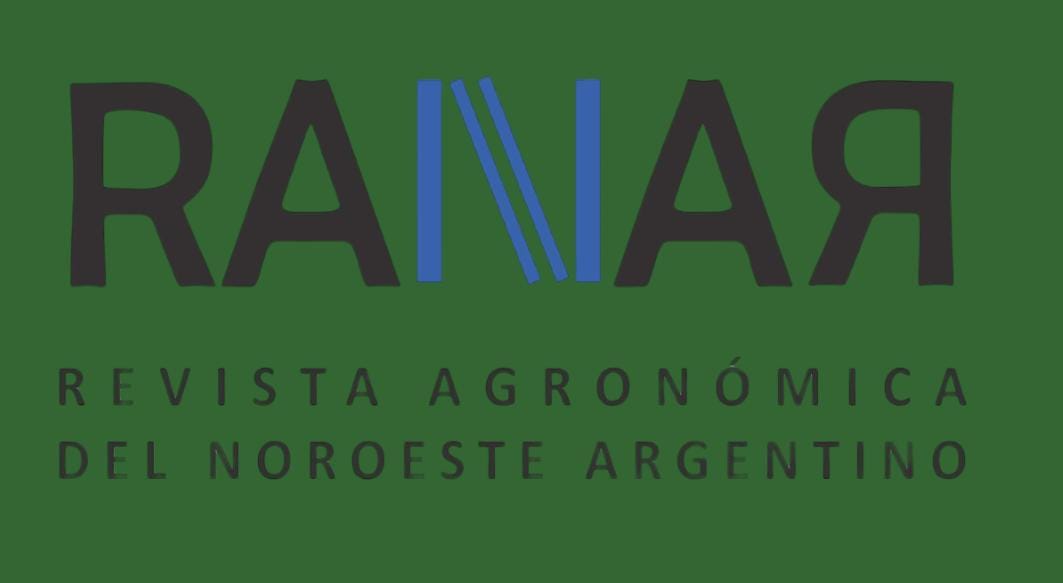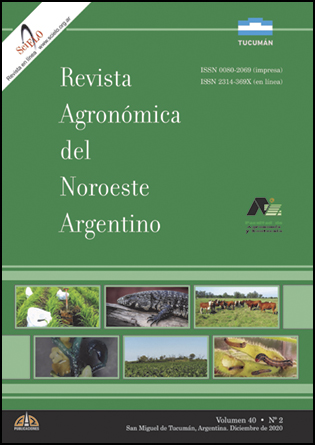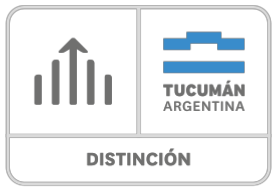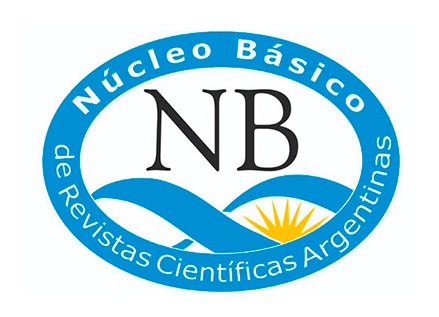Comparative analysis of cultivated and native forest soils of the province of Chaco, Argentina
Keywords:
Land use change, Physical variables, Chemical variables, Biological variables, EnvironmentAbstract
Agriculture in northern Argentina has intensified lately, advancing on new lands, generating an impact on natural resources, including the soil. Physical, chemical and biological variables were analyzed in order to elucidate which of these shows the greatest contrast. Samples were taken from two fields: one with agricultural production on land cleared 10 years ago, another that has been producing agricultural production for the last 80 years. In both, the contiguous native vegetation was taken as control. Soil sampling was carried out in the fall of two consecutive years at a depth
of zero to 10 and 10 to 20 centimeters. As physicochemical and chemical variables, pH, electrical conductivity, total nitrogen, organic carbon, available phosphorus, potassium, calcium, magnesium and sodium were evaluated. As physical variables, apparent density and mechanical resistance to penetration were determined. As biological variables, microbial respiratory activity of the soil and quantification of easily extractable glomalin were determined. Analysis of variance, Tukey’s test (α = 0.05) was performed, yielding statistically significant differences in most of the variables, being positive the values from the native vegetation soils. In addition, a principal component analysis was performed. The most determining variables were: apparent density, mechanical resistance to penetration, pH, organic carbon and easily extractable glomalin.









